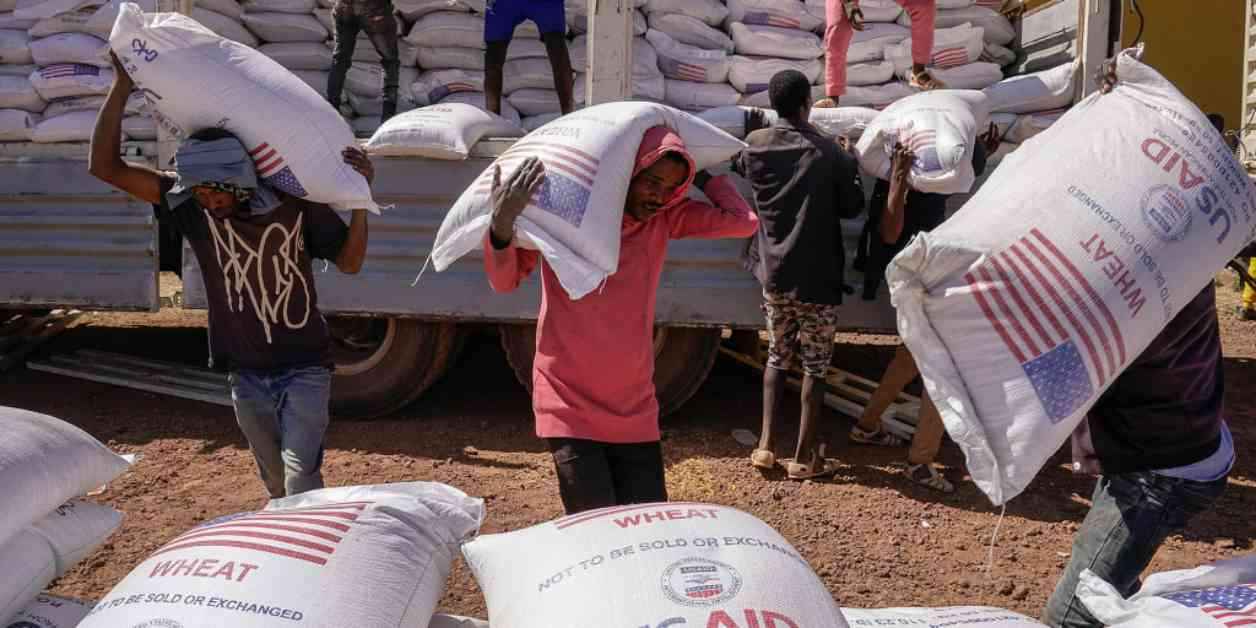The Supreme Court’s recent ruling on the Trump administration’s bid to withhold $2 billion from USAID contractors has ignited a legal battle that has left many in limbo. Amidst the legal wrangling, real people are facing the consequences of delayed payments, mounting bills, and potential job losses. As the court deliberates on the next steps, the fate of critical international aid programs hangs in the balance.
Contractors in Limbo
The saga began when U.S. District Judge Amir Ali issued a series of rulings demanding that the Trump administration release funds that had been frozen by an executive order. The court’s recent 5-4 decision to uphold Ali’s authority to order the payment of $2 billion, while not requiring immediate action, has left contractors scrambling to cover costs and navigate uncertain futures.
In the midst of this legal battle, the impact on those on the ground is palpable. Organizations providing vital aid services in countries like Ukraine, Nigeria, Vietnam, and Kenya are facing disruptions that could have far-reaching consequences. The delay in payments has forced some contractors to lay off workers and grapple with legal liabilities, adding urgency to the need for a resolution.
The Human Cost
As the legal complexities play out in courtrooms, the human stories behind the headlines are often overlooked. Workers who dedicated themselves to international aid projects now find themselves caught in a bureaucratic tangle that threatens their livelihoods. The uncertainty created by delayed payments has left many feeling anxious about their financial security and the future of the vital programs they support.
The personal toll of this legal battle is evident in the stories of individuals who have been directly impacted by the payment freeze. From workers facing job losses to organizations struggling to meet their financial obligations, the human cost of the Supreme Court’s decision looms large. As legal arguments are made and judgments are handed down, it is essential to remember that real lives are hanging in the balance.
The legal battle over the USAID contractor payments is far from over, with more hearings and rulings expected in the coming days. As the Supreme Court navigates the complex legal issues at play, it is crucial to keep in mind the real-world consequences of these decisions. The fate of critical aid programs, the financial security of contractors, and the well-being of workers in foreign countries all hinge on the outcome of this legal drama. The stakes are high, and the human impact is profound.


